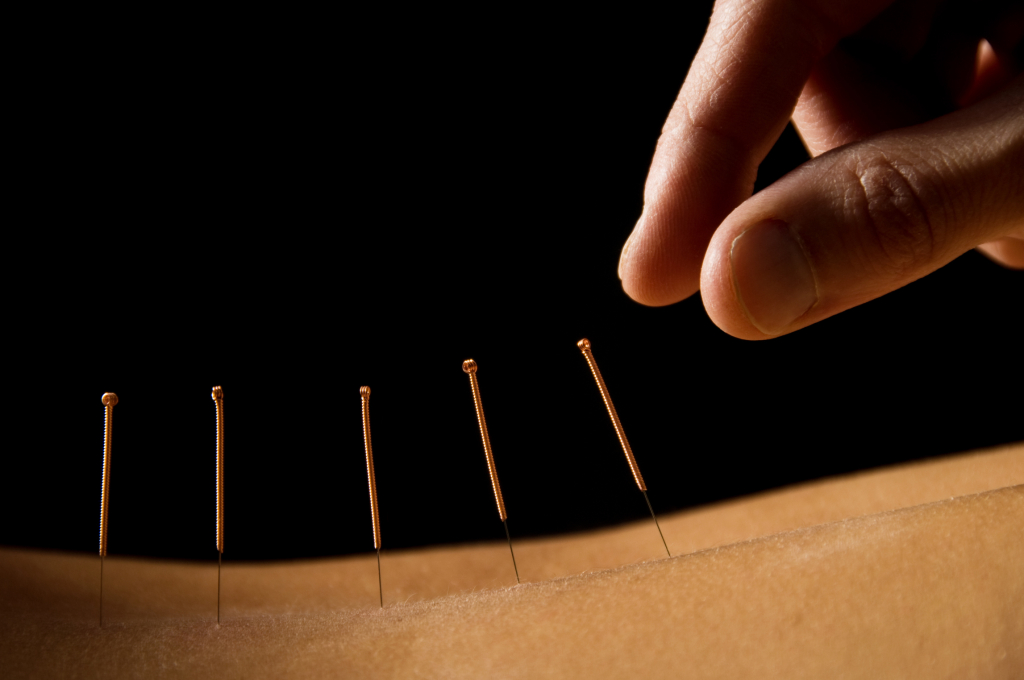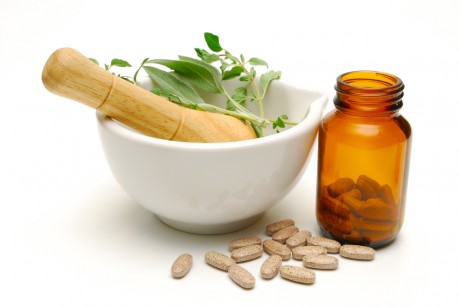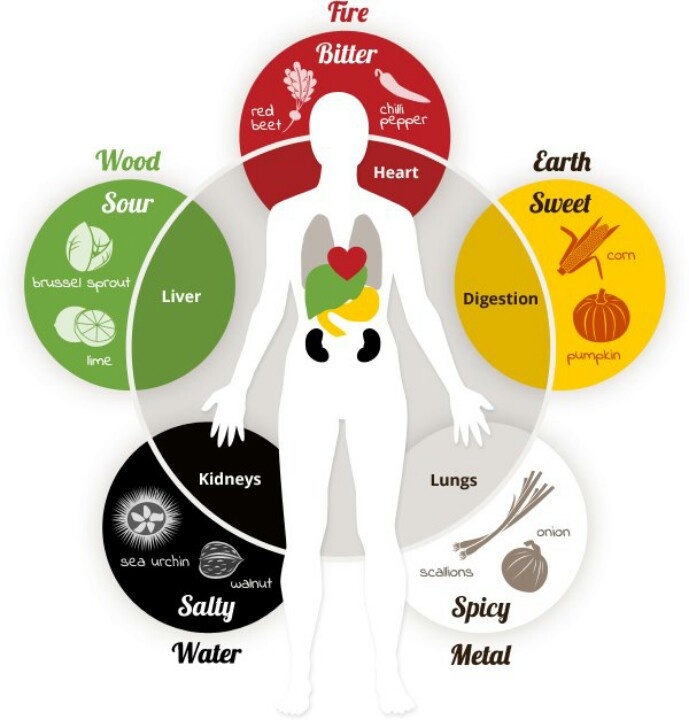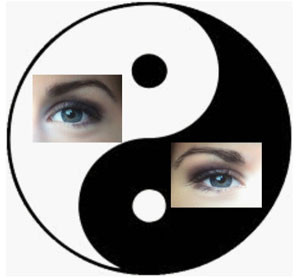Whether you are a current or prospective patient at Integrated Acupuncture Medicine, this page will assist you in finding information that will be helpful to you and your needs. We are proud to provide positive change in the lives of our patients.
Services offered:
Acupuncture and Moxibustion
Traditional Chinese Medicine (TCM) has four major branches: acupuncture, herbal remedy, manipulative approaches, and food/exercise therapy. Chinese Zhenjiulogy refers to acupuncture and moxibustion. Acupuncture utilizes various needle sizes to stimulate designated superficial points of the body. Various needle techniques are manipulated to adjust the Qi or vital energy, blood and body fluid circulation, balance Yin and Yang within the entire body and each organs, as well as improving body resistance to remove toxins and increase the bodies defensive ability throughout every season. Along with traditional acupuncture, there are many micro acupuncture modalities used to treat different conditions, such as Chinese periocular acupuncture, scalp acupuncture, ankle and wrist acupuncture, abdominal acupuncture, auricular acupuncture, and Tung’s acupuncture. Moxibustion is employed through moxa (dried mugwort) or heat devices to stimulate selected acupoints to warm the meridians and harmonize the Qi and blood. Years of clinical evidence indicates that both acupuncture and moxibustion effectively induce the brain to produce natural endorphins and serotonin that defend against pain, readjust emotional imbalance, as well as calm and ease the heart and mind. This in turn promotes the metabolism, thereby enhancing the immune system and pulmonary function, diminishing inflammation, reducing pain and swelling, facilitating healing, preventing diseases, and promoting overall well-being.
*Disposable Needles Are Used For Your Safety.

Chinese Herbal Medicine
Chinese herbology is one branch of Chinese medicine. Eighty percent of Chinese herbal medicines come from plants, such as roots, seeds fruits, flowers, stems, leaves and barks. Animal substances and minerals are also used sometimes. The main function of these herbs are to improve the overall well-being as well as treating the acute and chronic conditions by killing bacteria or viruses. As a result, it strengthens the bodies constitution, promotes healing, and restores balance. Internal herbs such as fluid extracts, compounds, blends, and syrups are for internal medical conditions and external herbs, such medical oils, ointment and plasters are for musculoskeletal injures and pain.

Five Elements of Chinese Preventive Measures for Well-Being
Always remember that when we have pain and illness, it indicates that we are weak and out of balance. Five Elements of Chinese Preventive Measures (FECPM) is the rule of thumb to help us stay well throughout the five seasons and improve our healing process for both acute and chronic conditions. The five elements are: Chinese Acupuncture, Chinese Herbal Medicine, Chinese Food (Diet and Nutrition) Therapy, Chinese Tuina, and Chinese Internal and External Exercises. These five elements simultaneously work to improve our mental and physical balance to preserve the quality of life, therefore preventing serious risks of medical and surgical procedures, and unnecessary and expensive medical costs.
Spring Season: preventive measures focus on balancing the liver and gallbladder.
Summer Season: preventive measures focus on balancing the heart and small intestine.
Late Summer Season: preventive measures focus on spleen and stomach.
Fall Season: preventive measures focus on lungs and large intestine.
Winter Season: preventive measures focus on kidneys and bladder.
To live is to live healthy throughout every season. How healthy we are each year depends on how we live each season.

Chinese Periocular Acupuncture and Herbal Medicine
Chinese Periocular Acupuncture (CPA), is another very special modality of micro acupuncture, created by Professor Peng Jing Shan, Liaoning Colleague of TCM in 1970. This acupuncture method is based on the ancient medical concept of “diagnosing diseases by inspecting the eyes” by Hua Tuo in the Han Dynasty. Periocular Acupuncture has been promoted and continually developed by Dr. Hoy Ping Yee Chan, L.Ac. OMD for many years. Her first book, “Window of the Heath,” was published in 1996. I was fortunate to study with Dr. Chan in 2000 and again in 2012. Years of clinical experiences indicate that CPA is considered painless and very effective in treating many common acute and chronic eye dysfunctions that affect the retinal and optical nerve. Many patients of all ages have had a very good response and have recovered from eye infections and experienced restored eye vision. Some are able to maintain a certain level of vision depending on each individual condition. Eye allergies, bell’s palsy, blepharitis, cataracts, dry eye syndrome, ocular migraine, glaucoma, macular degeneration, photophobia, sjogren’s syndrome, diabetic retinopathy and other eye disorders can benefit from this treatment and mental and physical ailments can also be restored by proper diagnosis and using periocuar acupuncture, tuina and herbal medicine.

